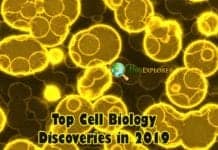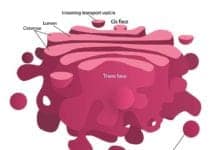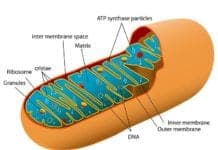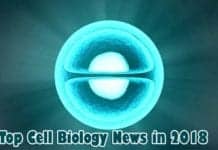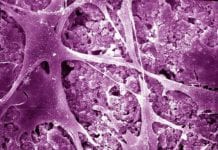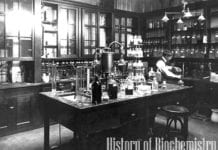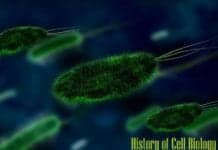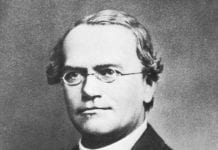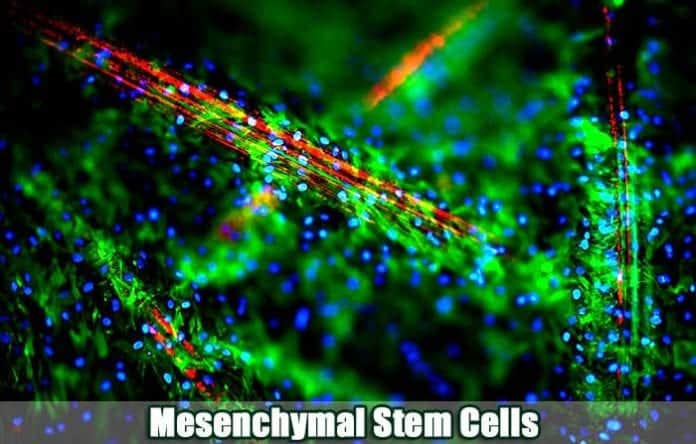
Mesenchymal Stem Cells: Stem cells are the basic building blocks of tissues and organs in the body. It is important to note that there is no single stem cell that gives rise to them, but in fact, a variety of them come from different locations in the body and formed at different periods.
One of the most common types of stem cells is the mesenchymal stem cells (aka MSCs). But what exactly is it? Let’s take a closer look.
Table of Contents
How to pronounce Mesenchymal Stem Cells?
| Word Origin: Greek |
![]()
What are Mesenchymal Stem Cells?
By definition, mesenchymal stem cells are multipotent cells that can differentiate and mature into different types of cells. Mesenchymal cells are characterized by having long and thin bodies and a very prominent nucleus.
They are relatively smaller than fibrocytes and are quite difficult to observe in histological sections. And overall, morphologically speaking, they appear to have no difference from fibroblasts.
![]()
Where are they found?
A group of mesenchymal stem cells is called mesenchyme, and together, they form the undifferentiated “filling” of the embryo. Mesenchymal stem cells (or tissue) have a wide distribution in the body.
- Mesenchymal cells can be isolated from the bone marrow, umbilical cord, and adipose tissues.
- During fetal development, the mesenchymal cells form the connective tissue in developing tissues and organs.
- During adulthood, mesenchymal connective tissues are only located in the dental pulp.
![]()
Properties of Mesenchymal Stem Cells
Like most stem cells, mesenchymal stem cells can self-renewal and differentiate.
- Self-renewal is cells’ ability to divide while maintaining their undifferentiated state continuously. By doing this, the stem cell pool can perpetuate throughout the organism’s life.
- Mesenchymal cells are considered multi-potent. Meaning under certain conditions, whether be it in vitro or in vivo, they can mature and differentiate into multiple specialized cells.
![]()
Functions of Mesenchymal Stem Cells
Despite its size, the mesenchymal stem cell plays many significant roles within an organism. The following are just some of them.
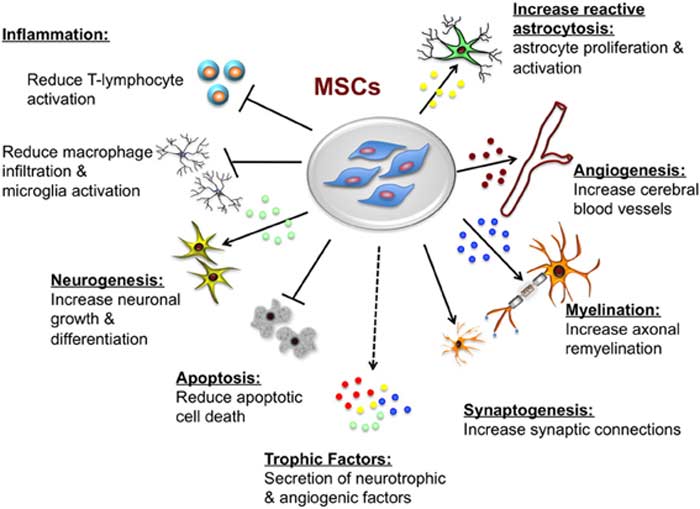
1. Suppression of immune cells activation
2. Increase the number of nerve cells
- Neurons are one of the few cells that, when damaged, can no longer regenerate. Hence, the idea of mesenchymal cells opens up the possibility to replace any damaged or lost nerve cells in the nervous system.
3. Reduction of Cell Death
4. Secretion of neurotrophic and angiogenic factors
5. Increase synaptic connections
6. Increase the myelination of axons
7. Increase the number of blood vessels and astrocytes in the brain
![]()
The Mesengenic Process
Mesenchymal cells undergo a mesogenic process to transform into different cell types such as osteocytes (bone cells), chondrocytes (cartilage cells), muscle cells, and others.
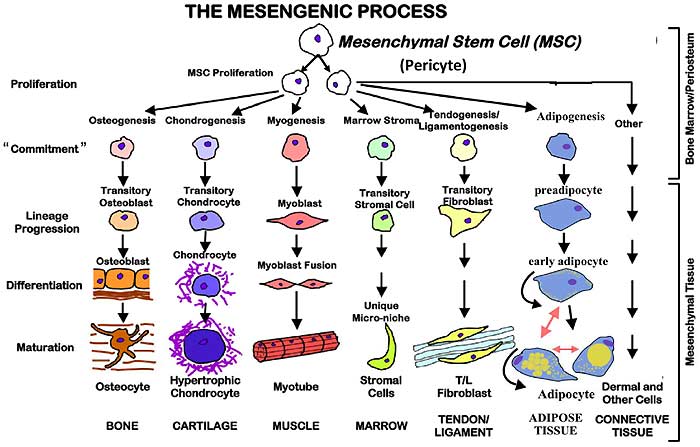
- In this process (shown in the diagram above), the cells undergo proliferation and commitment events following the progression of their progeny into lineages that results in their differentiation.
- It is important to note that the control of this process provides the principle for designing clinical methods and therapies for the manipulation of mesenchymal stem cells and tissues.
![]()
Clinical uses of Mesenchymal Cells
Present-day studies are now paving the way for the further applications of mesenchymal stem cells into numerous clinical measures and techniques. In addition to the natural functions of mesenchymal cells mentioned above, several commercialized products from these cells have already been approved.
- Examples of such are the Caristem and Cupistem (from South Korea) for degenerative arthritis and anal fistula respectively, and the Prochymal (from New Zealand and Canada) for acute GyHD (graft-versus-host-disease).
- Despite the uses above, stem cells, in general, can be quite dangerous. Potential rejection of the introduced cells or the potential failure of the transplant may occur, leading to more serious problems.
- Being capable of self-renewal and continuous cell division, stem cells are feared for such characteristics as they may cause the development of cancers and tumors.
![]()
Despite their good effect on overall organism health, the knowledge about mesenchymal stem cells is still incomplete. Hence, further research is still needed to ensure the safety of patients and improve quality control.



